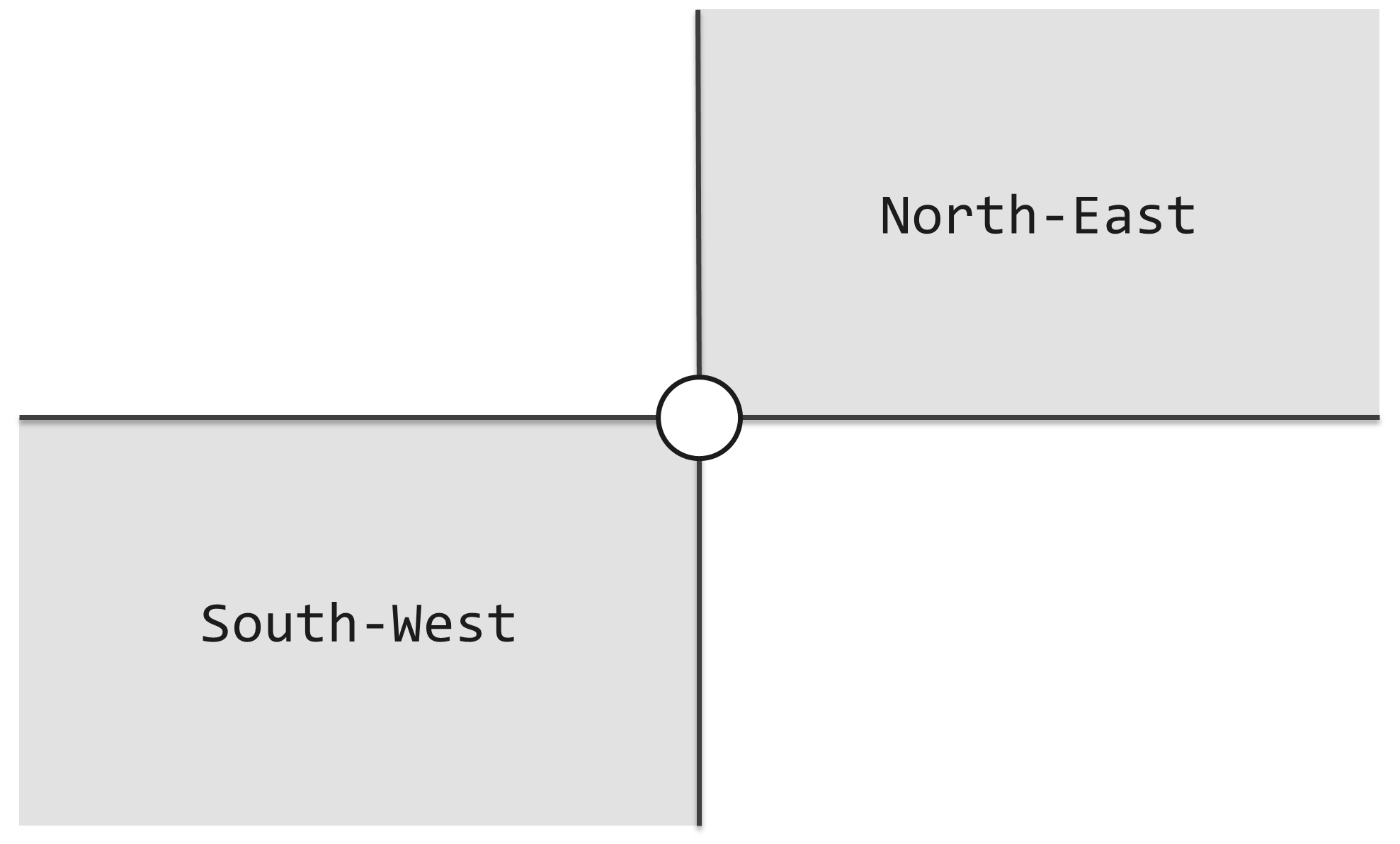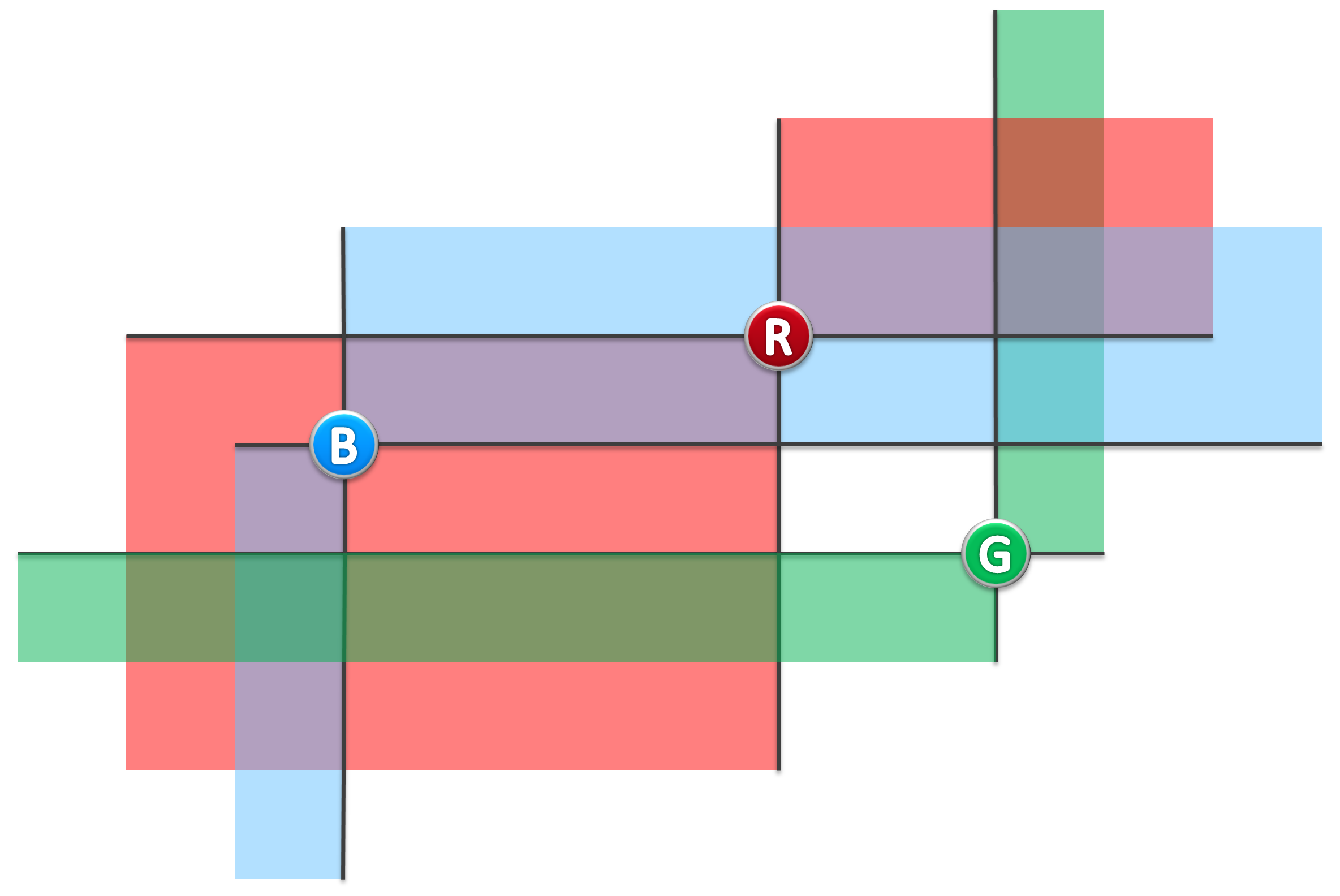这题也不知道咋回事,我想了个异想天开的做法,也不知道行不行,交上去竟然过了!哈哈哈哈哈哈。
暴力的N^2做法可以得70,我写个异想天开的排序+前缀和做法100。
感觉有必要写个题解,在这里写一下。
本题的大致意思是,给出一堆人的学习努力程度(用一个非负整数表示)和其是否挂科(并不必然成正相关,其中可能混杂学习努力程度高的人也挂科的情况)。要求找到一个学习努力程度基准分数,使得用该基准评判学生的努力程度时,判断对的最多。
我主要利用差分的思想进行解题。对于一个分数,我们其实只需要知道通过与挂科的人数的差值即可。基准分数是否应该低于或高于某一特定学习努力程度分数,在于其能否为总人数作出贡献。例如,如果一个分数有3人通过,3人挂科,则不管选择比他低的基准还是比他高的基准,则都对总的人数做出了3的贡献,可以相互抵消。但若4人通过,3人挂科,则更应该优先选择比其低的基准,因为这样的话,判断对的就多了一个。
首先建立一个map对输入的数据进行排序。由于选择指标的时候只看努力程度不看人,因此可以将同努力程度的人们聚合起来。如果该人挂科,在是否通过的数组cnt里-1,如果通过则+1.这样就产生了一个差分的数组cnt。此时,该数组cnt表示的是在选定该分数作为基准后,通过的人比挂科的人多多少。
然后,对其进行前缀和操作。借助前缀和,我们可以得到数组presum,可以计算选择任意基准分数时,通过的人比挂科的人多多少。还可计算选择任意基准分数时,挂科的人比通过的人多多少(通过对计算值取负)。这样,我们分别计算高于基准分数通过的人比挂科的人多多少,和低于基准分数时挂科的人比通过的人多多少。将他们相加,就可以得到一个判断正确的人数的差分。统计这些差分的最大值,就可以算出对应的基准分数。
1 2 3 4 5 6 7 8 9 10 11 12 13 14 15 16 17 18 19 20 21 22 23 24 25 26 27 28 29 30 31 32 33 34 35 36 37 38 39 40 41 | #include <iostream> #include <algorithm> #include <map> #include <cstdio> #include <cstdlib> using namespace std; int m; map<int, int> stat; int arrSize = 0; int y[100005], cnt[100005], presum[100005]; int main() { ios::sync_with_stdio(false); cin >> m; while (m--) { int y, result; cin >> y >> result; stat[y] += result ? 1 : -1; } for (auto iter = stat.begin(); iter != stat.end(); iter++) { int ind = iter->first, v = iter->second; y[arrSize] = ind; cnt[arrSize] = v; arrSize++; } presum[0]=cnt[0]; for(int i=1;i<arrSize;i++){ presum[i]=presum[i-1]+cnt[i]; } int index=0, cmpValue=presum[arrSize-1]; for(int i=1;i<arrSize;i++){ int tmpV=presum[arrSize-1]-presum[i-1]*2; if(tmpV>=cmpValue){ cmpValue=tmpV; index=i; } } cout<<y[index]; } |

